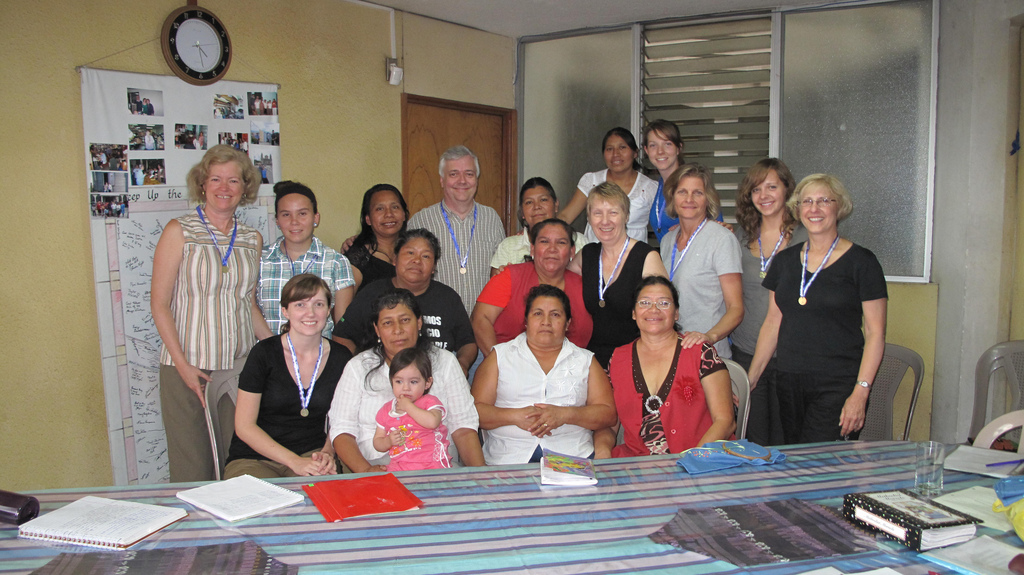God, as known to us in Jesus Christ, welcomes all.
We welcome people of any race, national origin, ethnicity, gender, sexual orientation, age, social or economic status, employment status, or life situation; including people with physical or mental illness or disability.
We practice loving acceptance of each person and respectful discussion
 of our differences.
of our differences.
Affiliated to Reconciling Ministries Network
 Claude King
Claude King
(630) 968-7120 x 202
Contact Pastor Claude
Read Claude's Blog
 Andi Voinovich
Andi Voinovich
(630) 968-7120 x 211
Contact Pastor Andi
Read Andi's Blog
Recent News
Sunday Worship Service - July 30 at 10:00 am
July 30, 2023 - 9:51am
Sunday Worship Service - July 23 at 10:00 am
July 23, 2023 - 9:48am
Sunday Worship Service - July 16 at 10:00 am
July 16, 2023 - 10:17am
Vacation Bible School
July 14, 2023 - 10:10pm
Sunday Worship Service - July 9 at 10:00 am
July 9, 2023 - 9:53am
 Bless the local vendors, who are patient with our rough Spanish. We teach them a little English. They love teaching us Aymara, the local indigenous language. We all laugh.
Bless the local vendors, who are patient with our rough Spanish. We teach them a little English. They love teaching us Aymara, the local indigenous language. We all laugh. I couldn’t help thinking of the nursery rhyme, “Bah, bah, black sheep,” as we shopped last week for sheep, alpaca and llama fleeces. Instead of three bags full, we bought nine whole alpaca fleeces and two complete sheep skins – for a total of about $40 USD.
I couldn’t help thinking of the nursery rhyme, “Bah, bah, black sheep,” as we shopped last week for sheep, alpaca and llama fleeces. Instead of three bags full, we bought nine whole alpaca fleeces and two complete sheep skins – for a total of about $40 USD. Titicaca region of western Bolivia and southern Peru: ¡Kamasaki! Aymara, the local indigenous language, for hello, how are you.
Titicaca region of western Bolivia and southern Peru: ¡Kamasaki! Aymara, the local indigenous language, for hello, how are you. It was on a Saturday morning in mid-July, and we gathered around tables to share in a delightful breakfast and to welcome back the nine people from our church who had just returned from Guatemala.
It was on a Saturday morning in mid-July, and we gathered around tables to share in a delightful breakfast and to welcome back the nine people from our church who had just returned from Guatemala.






